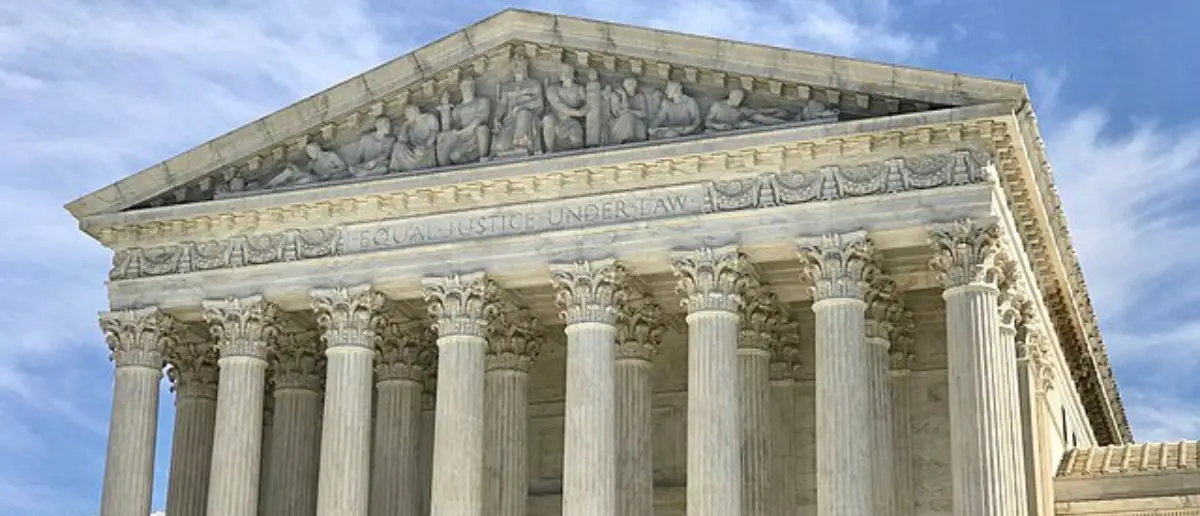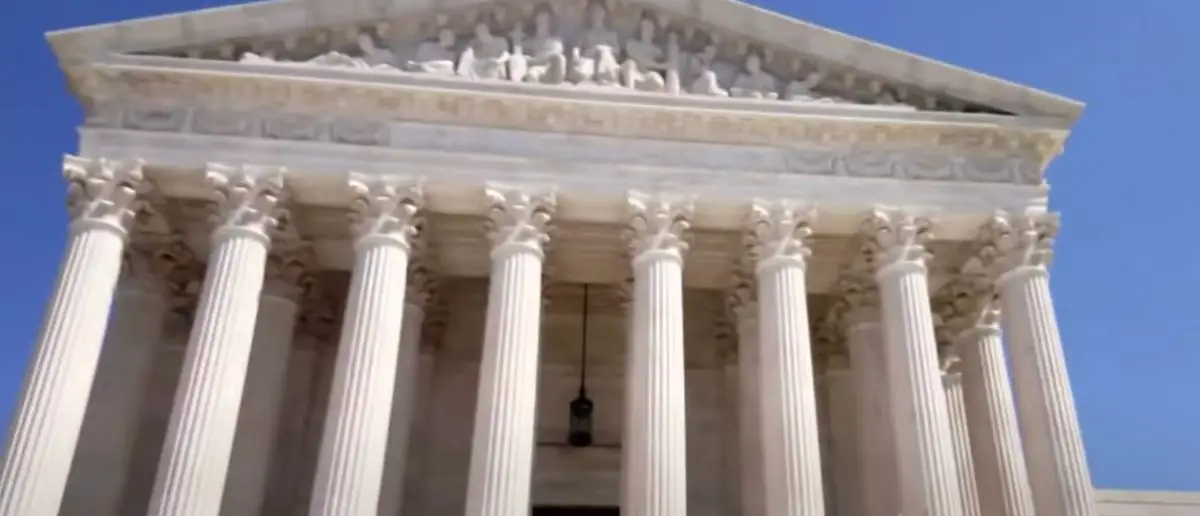
The power the U.S. Supreme Court has cannot be overstated. That’s why all eyes have been on it.
But now a U.S. Supreme Court Justice’s tragic death has rocked the entire nation.
Much attention has been given to the U.S. Supreme Court in recent weeks as major rulings are being handed down seemingly every month that shape the future of America.
This has led to a real heating up of the political atmosphere as some on the radical Left are calling into question the legitimacy of the Highest Court in the land.
Though all of that nonsense will need to be put to the wayside after this tragic news was confirmed.
The first woman to hold the position of justice on the United States Supreme Court, Sandra Day O’Connor, passed away. She passed away after living a long life of 93 years.
Following “complications related to advanced dementia, probably Alzheimer’s, and a respiratory illness,” the Supreme Court said in a statement that she passed away on Friday in Phoenix, Arizona.
In 1981, President Ronald Reagan named O’Connor to the court. She served for over twenty-five years, retiring in 2006.
Sandra Day O’Connor, a native of the American Southwest, broke new ground as the first female justice in the United States, according to a statement issued by the court by Chief Justice John Roberts. “She met that challenge with undaunted determination, indisputable ability, and engaging candor.”
Roberts addressed the death of his former colleague, describing her as “a fiercely independent defender of the rule of law and an eloquent advocate for civics education.”
He said the Supreme Court is mourning the loss of their fellow Justice. “And we celebrate her enduring legacy as a true public servant and patriot.”
Justice Ruth Bader Ginsburg, who was nominated by President Bill Clinton in 1993, served with O’Connor on the Supreme Court during her time on the Court. Ginsburg passed away in 2016. Since then, four other women — Sonia Sotomayor, Elena Kagan, Amy Coney Barrett, and Ketanji Brown Jackson — have been nominated to the court and are all presently sitting.
O’Connor was involved in quite a few huge rulings that would go on to shape the future of American politics in many different ways.
She ruled on Bush v. Gore back in the year 2000. In the controversial 5-4 decision, O’Connor sided with the majority in favor of stopping the recount of votes in Florida during the disputed 2000 presidential election. This decision effectively led to George W. Bush winning the presidency.
Though she was appointed by Ronald Reagan, some conservatives have a love-hate relationship with her tenure on the Court’s bench considering she was also involved in handing down some rulings that ran entirely contrary to a conservative jurisprudence.
In 1992, she ruled on Planned Parenthood v. Casey. O’Connor was part of the majority in this case, which reaffirmed the central holding of Roe v. Wade (1973) that legalized abortion, but also allowed states to impose certain restrictions, as long as they did not place an “undue burden” on a woman’s right to choose.
Then in 2003, she also ruled in the case Grutter v. Bollinger. O’Connor authored the majority opinion in this case, which upheld the University of Michigan Law School’s affirmative action admissions policy. The ruling held that race could be one of many factors considered in the admissions process to achieve a diverse student body.
Though O’Connor’s rulings seemed to confuse both conservatives and those on the Left for many years, her legacy will forever be cemented.
She blazed the trail as the first female on the U.S. Supreme Court bench and carried herself with honor when she was serving the nation in the Highest Court.
The thoughts and prayers of millions of Americans are with her loved ones who carry on her legacy.
Stay tuned to the DC Daily Journal.





